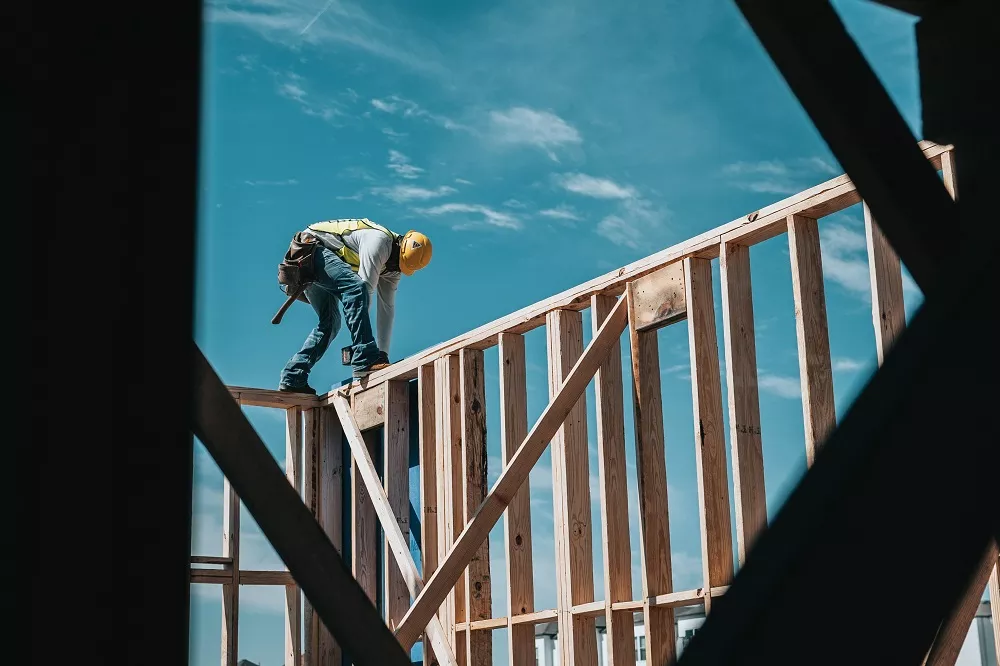Understanding New York State Building Code and Its Importance

New York City construction site with building code compliance documentation and inspections
New York State Building Code is a complex set of regulations with amendments that safeguard buildings from fire, flooding, sanitation problems, and other hazards. These codes have evolved over time, often in response to tragic events like the fatal tenement fire in 1860, which led to extensive rewrites of building regulations.
Even today, accidents and new safety concerns trigger changes to local codes throughout New York. These ongoing modifications, tailored to specific localities like New York City, are essential to protect inhabitants' safety and well-being. Detailed provisions for automatic fire suppression systems, wayfinding, and emergency action plans are developed to ensure buildings can safely evacuate in case of catastrophes.
Multiple Types of Codes for Comprehensive Building Performance
Different aspects of building performance are governed by various types of codes. Key categories that building professionals and NYC authorities consider include:
1. Building Code
The most basic and comprehensive New York State Code covers a wide range of standards related to building design, construction, occupancy, and maintenance. It includes regulations on basic building requirements such as occupancy load, structural integrity, parking requirements, means of egress, and more.
2. Energy Code
With increased awareness of energy conservation, the New York State Energy Code regulates the efficiency of energy use and consumption in buildings. This code addresses detailed requirements for insulation, lighting, heating, ventilation, and cooling systems. It also covers renewable energy integration and sustainability standards.
3. Fire Code
The New York State Fire Code focuses on mitigating fire risks through measures to protect occupants, including suppression systems, ease of access for firefighters and their equipment, and emergency exit requirements. This code provides detailed descriptions and requirements that complement the building code.
4. Fuel Gas Code
This code regulates how building professionals should design and install distribution lines and systems for fuel gas in appliances, vents, and fuel dispensing stations.
5. Mechanical Code
This provides details on how ventilation and heating systems should be designed and installed, using prescriptive and performance-based provisions founded on principles of mechanical design intended to protect public safety and welfare.
6. Plumbing Code
This specifies the design, installation, and inspection of different plumbing systems, ensuring that work done for plumbing systems adheres to safety and minimum requirements for the supply and discharge of water within buildings.
7. Electrical Code
This safeguards practices associated with electrical installations and designs, protecting life and property from risks and hazards arising from the use of electricity.
Importance of Compliance
These categories are not exhaustive and may have additional codes layered together to address specific aspects of building performance. Failure to meet the requirements set forth by the New York State Building Code may result in:
- Unapproved building permits
- Disconnection from city utilities
- Buildings being declared unfit for occupancy
- Serious legal and liability issues, including potential imprisonment
Compliance with the code is in the best interest of not only construction professionals but also the client and owner of the project. At CooperBuild, we maintain a thorough understanding of all applicable codes and ensure every project meets or exceeds these requirements, providing peace of mind for our clients and safety for building occupants.
About Sarah Chen
Sarah specializes in navigating complex regulatory environments and ensuring CooperBuild projects meet or exceed all code requirements.
Compliance Director
Subscribe to Our Newsletter
Get the latest insights, trends, and news from the construction industry delivered straight to your inbox.
We respect your privacy. Unsubscribe at any time.

